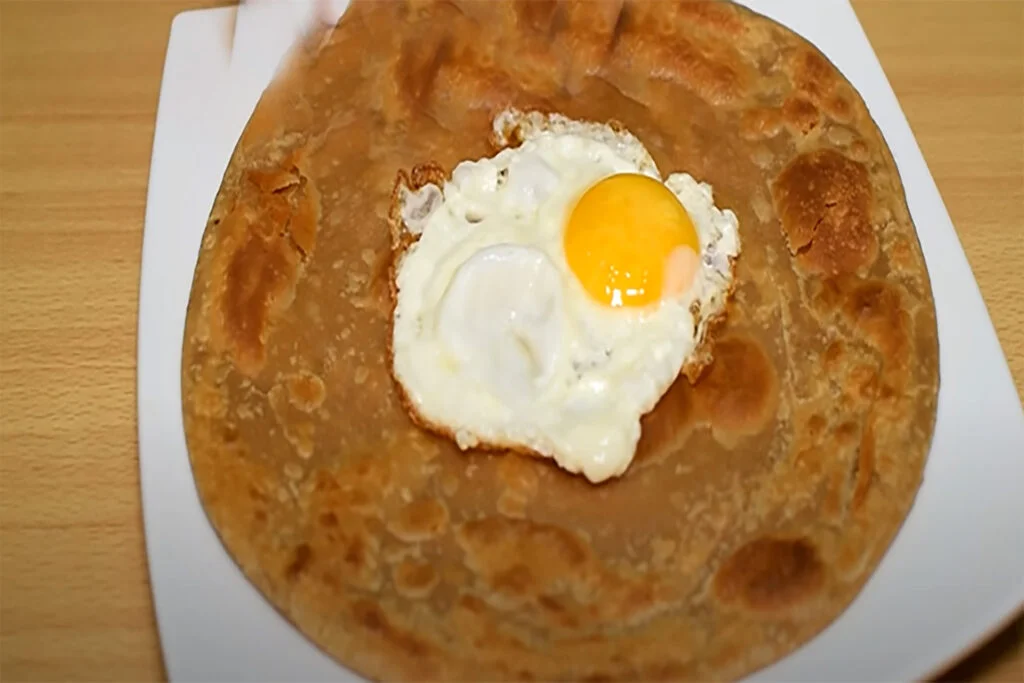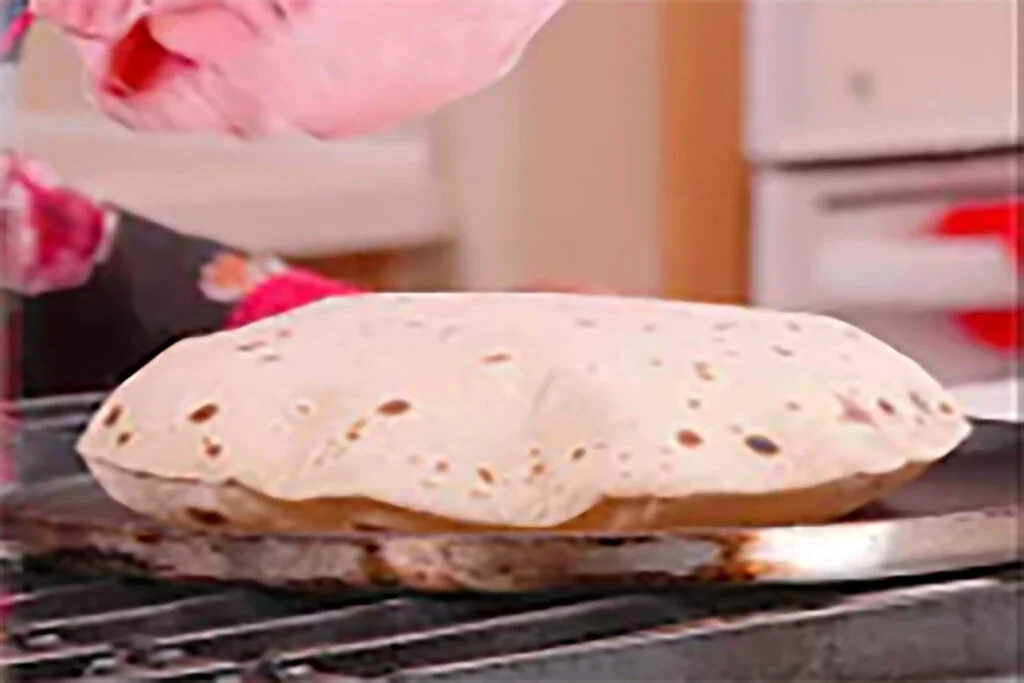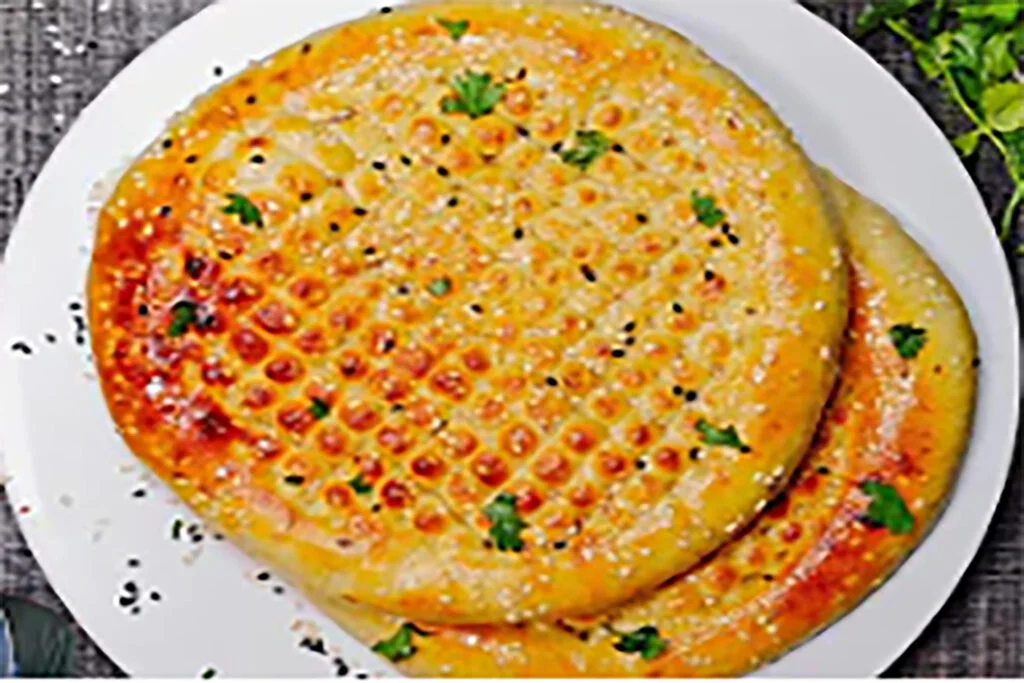Anda Paratha in Breakfast is the most favorite meal of Most of the Pakistanis, whether in Urban or Rural areas. It is also the most common breakfast in Pakistan.
Anda in Urdu means “Egg”. Hence it is a combination of Egg with Paratha.
Egg can be taken in the form of Half Fry or Omlette.
Recipe for Paratha is avaialble in Bread Section.
In the vibrant tapestry of South Asian cuisine, there’s a beloved breakfast classic that combines the simple yet satisfying goodness of eggs with the rich and comforting embrace of flatbread. It’s called Anda Paratha, and it’s a delightful fusion of flavors and textures that has been a cherished morning ritual in households across the Indian subcontinent for generations. In this article, we’ll explore the history, ingredients, preparation, and cultural significance of this flavorful and hearty breakfast dish.
The Essence of Anda Paratha in Breakfast
Anda Paratha, where “anda” means egg and “paratha” denotes a stuffed flatbread, is a versatile breakfast option enjoyed throughout South Asia. It can be found in various regional variations and is often savored, not only at breakfast tables but also as a satisfying snack or a quick meal.
Ingredients of Anda Paratha
1. Paratha Dough:
- Whole wheat flour, water, and a pinch of salt form the base of the flatbread dough. Some variations may include a touch of oil or ghee for added richness.
2. Eggs:
- Eggs are the star of the dish, and the number used depends on the preference of the cook and diner.
3. Spices and Seasonings:
- Aromatic spices such as cumin, coriander, red chili powder, and garam masala add depth and flavor to the filling.
- Fresh herbs like cilantro or green chilies may also be included for added freshness and heat.
4. Onions and Tomatoes:
- Chopped onions and tomatoes contribute to the savory, slightly sweet notes of the filling.
5. Cooking Oil or Ghee:
- Oil or ghee is used for frying the paratha and cooking the egg filling.
Preparing Anda Paratha
1. Paratha Preparation:
- The dough is made by mixing whole wheat flour, water, and salt until it forms a smooth and elastic ball.
- Small portions of the dough are divided, rolled into balls, and flattened into rounds.
- These rounds are then rolled out into thin circles.
2. Filling and Cooking:
- In a separate bowl, eggs are beaten and seasoned with spices, herbs, chopped onions, and tomatoes.
- A portion of the egg mixture is poured onto one half of a rolled-out paratha circle.
- The other half is folded over to encase the egg mixture, creating a semi-circular shape.
- The stuffed paratha is then cooked on a hot griddle or skillet with oil or ghee until it turns golden brown and crispy on both sides.
3. Serving:
- Anda Paratha is traditionally served hot, with a side of yogurt, pickles, or chutney to complement the flavors.
- It is often garnished with fresh cilantro leaves for a burst of color and freshness.
Cultural Significance
Anda Paratha is more than just a breakfast; it’s a comforting and hearty meal that symbolizes the warmth and hospitality of South Asian culture. It’s a common sight at street stalls and dhabas (roadside eateries) where people from all walks of life gather to enjoy this flavorful delight.
Anda Paratha, with its crispy exterior and savory, egg-filled interior, embodies the essence of South Asian breakfast traditions. It’s a dish that transcends borders and generations, offering both a delicious start to the day and a connection to the rich culinary heritage of the Indian subcontinent. Whether you enjoy it at a bustling street corner in Mumbai, a home kitchen in Karachi, or recreate it in your own, Anda Paratha is a flavorful journey that leaves a lasting impression—an ode to the delightful marriage of eggs and flatbread.







